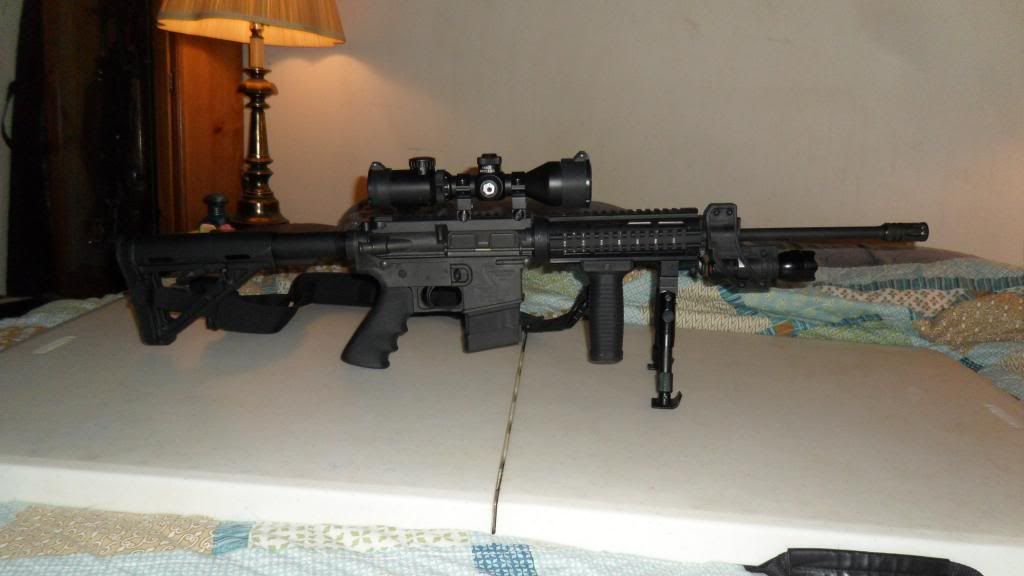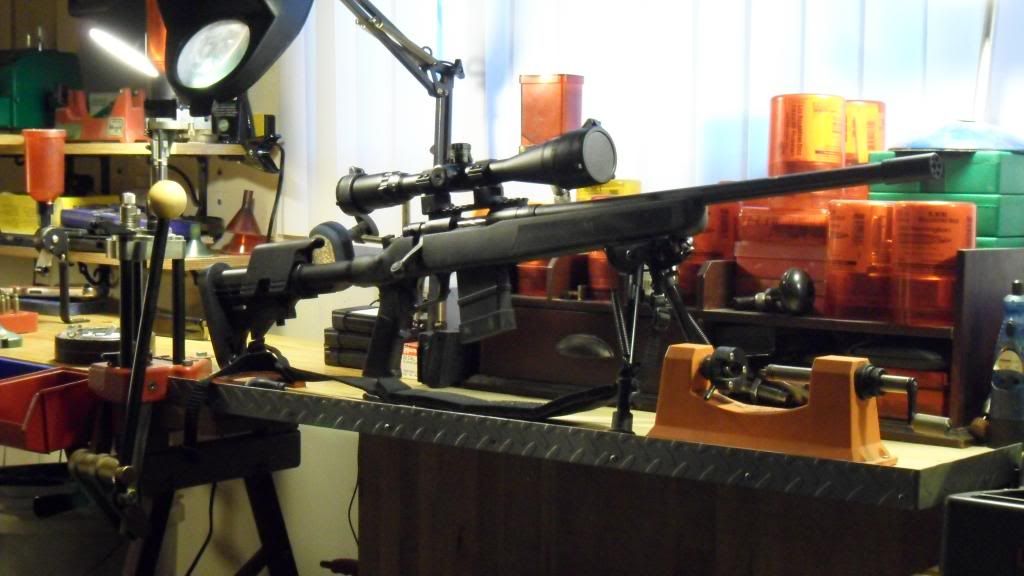So today I had my M1 Garand out, since it was a nice sunny day out and perfect to do some shooting with it. I was really studying and marveling how it works, and it got me thinking, because of the way I understand it works, shouldn't it have recoil about equal to a bolt action 30-06 that is similar in weight?
If I'm correct, doesn't all of a firearm's recoil happen while the bullet is still in the barrel? Because of Newton's third law, as long as the bullet is providing resistance going down the barrel, the expanding gas will exert an equal amount of force in the opposite direction, but once the bullet leaves the barrel, there is no resistance and any unburned powder freely escapes. The reason I bring that up is because as I understand it, the bolt on a semi auto is designed to stay locked shut while the bullet is still traveling down the barrel, therefore all of the recoil energy is going straight into the locked bolt and into your shoulder, NOT being absorbed by the spring. So correct me if I'm wrong in any of my thinking, but if all of the recoil action happens when the bullet is still in the barrel, and the action doesn't cycle until the bullet has left, doesn't that mean the entire recoil event happens before the spring can absorb any of it, therefore causing similar recoil to a bolt action?
If I'm correct, doesn't all of a firearm's recoil happen while the bullet is still in the barrel? Because of Newton's third law, as long as the bullet is providing resistance going down the barrel, the expanding gas will exert an equal amount of force in the opposite direction, but once the bullet leaves the barrel, there is no resistance and any unburned powder freely escapes. The reason I bring that up is because as I understand it, the bolt on a semi auto is designed to stay locked shut while the bullet is still traveling down the barrel, therefore all of the recoil energy is going straight into the locked bolt and into your shoulder, NOT being absorbed by the spring. So correct me if I'm wrong in any of my thinking, but if all of the recoil action happens when the bullet is still in the barrel, and the action doesn't cycle until the bullet has left, doesn't that mean the entire recoil event happens before the spring can absorb any of it, therefore causing similar recoil to a bolt action?





